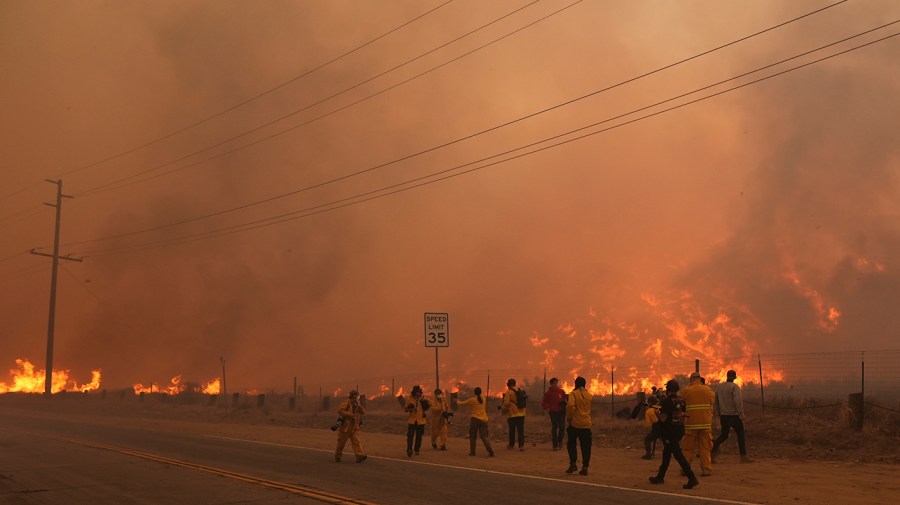
The impacts of climate change could cost real estate nearly $1.5 trillion in value, according to a study published Monday by climate risk modeler First Street.
Researchers write that climate change is both driving up insurance costs and affecting consumer preferences, which combined create a “feedback loop” where populations move in accordance with climate risk rather than existing property values. Insurance as a share of mortgage payments has soared over the past 10 years, going from around 8 percent in 2013 to 20 percent in 2022, according to the report.
This is expected to throw a wrench into decades of growth in the Sun Belt region in particular, where three states — Texas, Florida and California — have comprised nearly half of all natural disaster-related costs over the past four decades.
The report projects that more than 55 million Americans will move to less climate-vulnerable regions of the country over the next 30 years, including 5.2 million this year. During the same 30-year period, the report projects that 70,026 neighborhoods nationwide will lose property value due to climate-related vulnerabilities, a net loss of $1.47 trillion.
The heaviest spikes in insurance premiums will be largely concentrated in the Sun Belt, according to the report, with Miami highest at 322 percent, followed by Jacksonville, Fla., with 226 percent and Tampa, Fla., with 213 percent. New Orleans, with a spike of 196 percent, is the only major metropolitan area outside the Sun Belt in the top five for premium increases.
Insurers in particular have been increasingly reactive to the risks of climate change such as more intense wildfires and climate change. Major home insurers have recently pulled out of California and Florida, the latter of which also has high rates of fraud and litigation. California enacted a state regulation at the end of last year that will require insurers to offer coverage in wildfire-prone areas.












